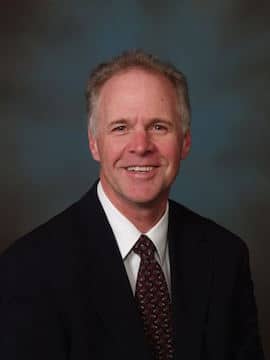Guest post by Mike Stoecklein
I hear a lot of talk in healthcare about the importance of defining “true north” for the organization. If you search the internet, you’ll find many definitions of true north and examples from organizations. Here are a few (all are from healthcare organizations):
- The company’s governing objective. Example given: deliver double-digit returns to our investors.
- The company’s shared objectives and values. Example: provide the best customer service in our industry.
- The core of what the organization is in business to do. Example: meeting budget, achieving 95% performance in the country on all quality indicators and, having all our staff members on Kaizen events.
Will these definitions help to create “constancy of purpose?” In many cases, the answer seems to be “no.” True North should help everyone in the organization to understand the common direction (the what), and see how they play an active role in supporting that direction. True North should also speak to the hearts and minds so that everyone understands why (the organization’s purpose).
True North is also commonly associated with results. What shall we measure? How will we know we are getting closer to our True North? The common categories of results usually include:
- Quality (sometimes including “safety”)
- Financial (usually including revenue, expense and productivity)
- Delivery (timeliness or throughput)
- Engagement (of staff)
- Satisfaction (of customers)
This usually reveals an “explosion” of the many measures that healthcare organizations typically try to track. Many times this is due to requirements from outside agencies (the government or payers) but many times the additional KPIs (Key Performance Indicators) are due to requirements from upper management. Jim Womack, former CEO of the Lean Enterprise Institute, described it this way when he spoke at the 6th Annual Lean Healthcare Transformation Summit, “The more MBAs who produce more KPIs will only result in the ‘triple M’ – more, meaningless measures).”
To handle the volume of measures, it’s not uncommon for organizations to adopt a scorecard (balanced of course) approach. One example of such a chart is shown below. Color coding is intended to help identify where the parts of the organization are “off track.”

This approach typically does not lead to improvement, but rather to fear. Are the changes due to random variation or are they due to a special cause? How would they know? Viewing the organization as a set of parts, and then managing those parts separately will not lead to constancy of purpose. How could it?
Fortunately, there are many organizations that are trying to break away from the thinking from the “machine view of the world” to one that helps people see and manage systemically. It’s difficult work and the progress can be swiftly and permanently undone by any higher-level manager who continues to “manage by results.” For instance, an executive who views the world by spreadsheet and scorecard from his office or the board room and imposes results to others (even if he calls them “true north” measures) is only going to make matters worse.
You don’t improve results by focusing on and reacting to results. You improve results by understanding the systems that are producing the results and engaging everyone to work together to test ideas for improving those systems.
Understanding and managing toward True North is not the same as management by results. Understanding and managing toward True North requires new knowledge, management by results only requires the skill to read and react to a spreadsheet.

Mike Stoecklein authors the Gemba Walkabout blog [broken link removed]. “Gemba walk” (lean thinking term) to go to the actual place where value is added + “walkabout” (Australian aborigine) a short period of wandering bush life engaged as an occasional interruption of regular work.
Previous guest posts by Mike: Application of Deming’s System of Profound Knowledge in Healthcare – We Need to Understand Variation to Manage Effectively – Healthcare, Paradigm Shifts and the Influence of W.E. Deming – What I Learned at the 21st Annual International Deming Research Summit


